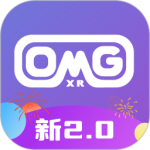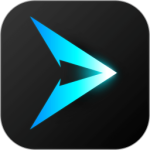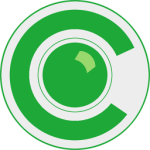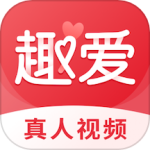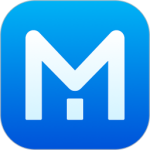最新下载
热门教程
- 1
- 2
- 3
- 4
- 5
- 6
- 7
- 8
- 9
- 10
iOS UIAlertController简单使用方法
时间:2016-03-26 编辑:简简单单 来源:一聚教程网
首先说下UIAlertView和UIActionSheet在iOS9之后苹果官方就不推荐使用了,而是使用UIAlertController来替代。
有图为证
所以学习一下UIAlertController的用法也是有必要的。
1.获取UIAlertController的类对象:
UIAlertController *alertController =[UIAlertController alertControllerWithTitle:@"Success" message:nil preferredStyle:UIAlertControllerStyleAlert];
2.获取UIAlertAction的类对象:
UIAlertAction *doneAction = [UIAlertAction actionWithTitle:@"Done" style:UIAlertActionStyleDefault handler:^(UIAlertAction *action) {
NSLog(@"123");
}];
3.用UIAlertController的类对象alertController的addAction方法添加UIAlertAction的类对象:
[alertController addAction:doneAction];
4.使用window的根视图模态出alertController
[[UIApplication sharedApplication].keyWindow.rootViewController presentViewController:alertController animated:YES completion:nil];
如果想用UIActionSheet类似的界面,只需要将第一步中的UIAlertControllerStyleAlert替换成UIAlertControllerStyleActionSheet即可。
如果程序用了这个API,那么在iOS7上会导致crash,所以需要版本兼容
UIAlertController *alert = [UIAlertController alertControllerWithTitle:@"title" message:@"message" preferredStyle:UIAlertControllerStyleAlert];
UIAlertAction *cancel = [UIAlertAction actionWithTitle:@"取消" style:UIAlertActionStyleCancel handler:nil];
UIAlertAction *confirm = [UIAlertAction actionWithTitle:@"确定" style:UIAlertActionStyleDefault handler:^(UIAlertAction *action){
[mainViewDelegate doBackupWithTag:BACKUP_STATISTICS_TAG_CONFIRM];
}];
[alert addAction:cancel];
[alert addAction:confirm];
[self presentViewController:alert animated:YES completion:nil];
可以看到,最大的区别,是UIAlertController不再使用delegate的方式来触发回调,而是直接传一个block
delegate和block并没有本质区别,只是触发回调的不同方式而已,解决的都是“在未来的某个时间,调用我”的问题。delegate的复用性更好一点,创建一个delegate实例之后,可以把它设置为多个控件的delegate,减少了重复。block的优势是更加直观,阅读起来更容易,因为代码都在一处,不需要跳来跳去地读代码
但是现在既然苹果官方使用block的频率越来越高,或许这也代表了一种趋势
-
下一个: 千百块app怎么用?千百块可靠吗?
相关文章
- 最简单的摄影技巧分享 07-05
- ps怎么简单的制作云雾效果 07-04
- 迅捷流程图如何设计一个简单组员表格 06-28
- JAVA简单工厂模式(从现实生活角度理解代码原理) 06-27
- Word简单使用的小技巧 06-19
- PS最简单 最基础知识介绍 06-16





